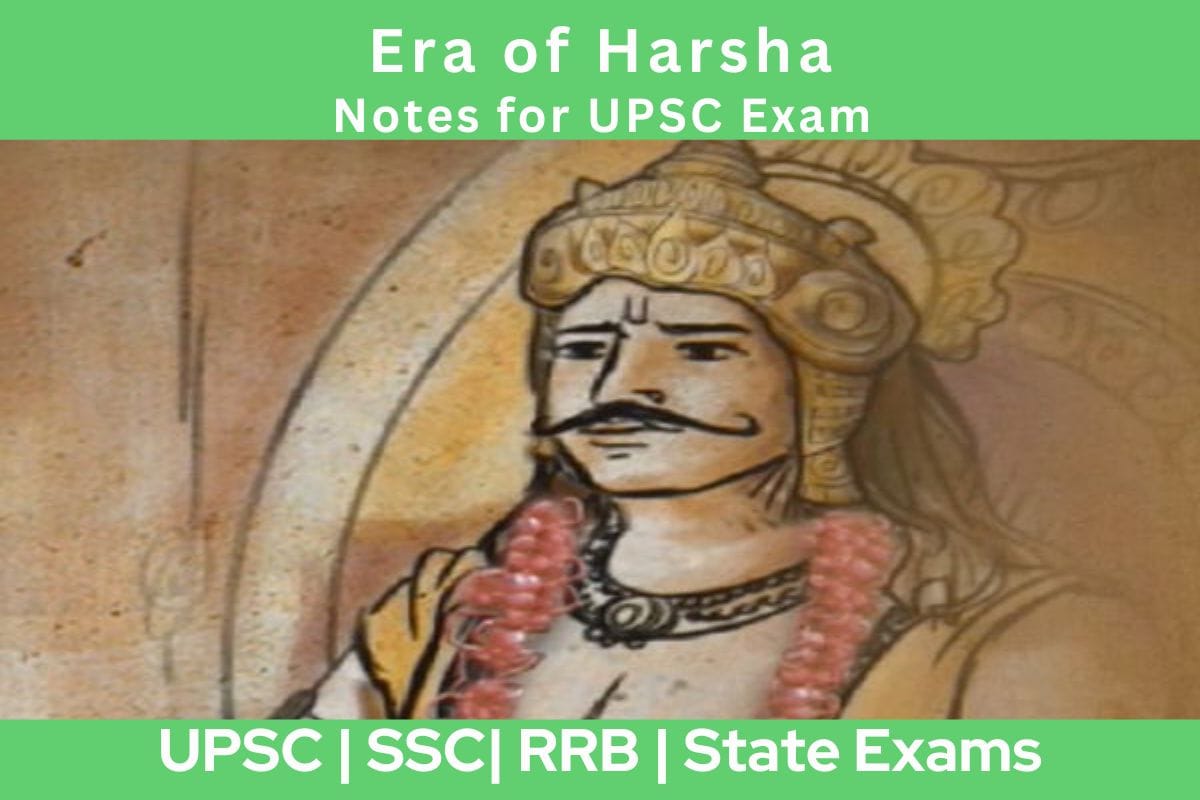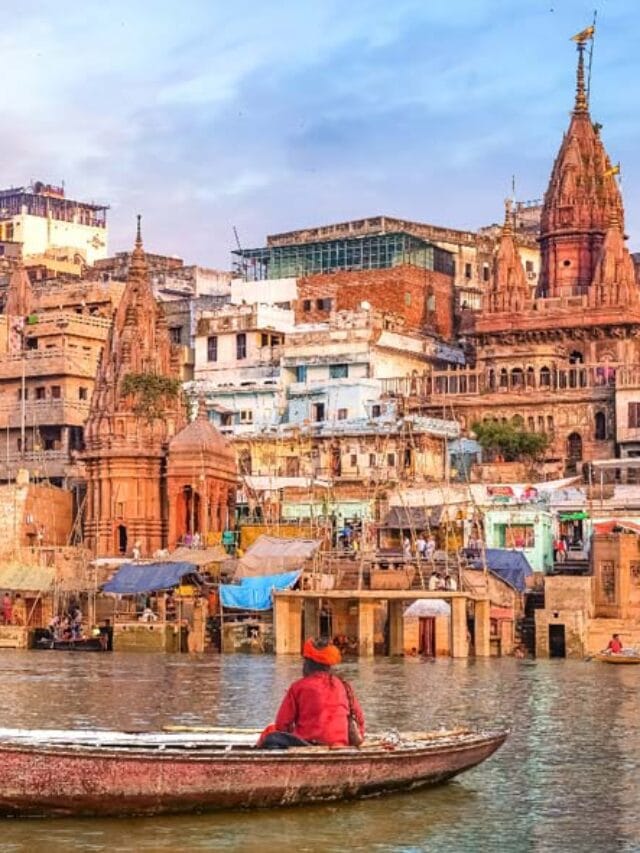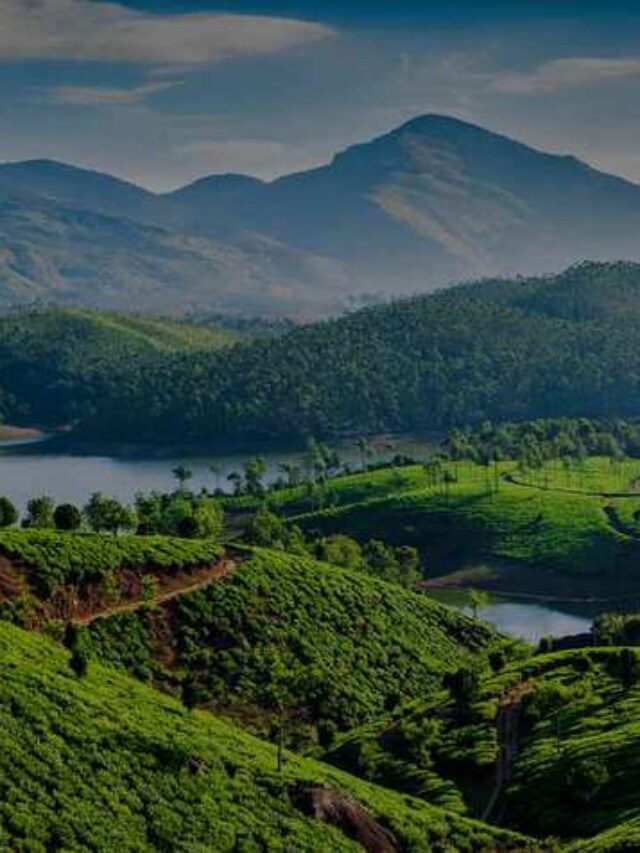
- Harshavardhana, a ruler in northern India, led from 606 to 647 CE.
- Belonging to the Vardhana dynasty, he’s recognized as a key Indian leader in the seventh century AD.
- His vast empire covered northern and northwestern India down to the Narmada River in the south, with Kannauj as his capital.
- Harshavardhana’s caring reforms and policies aimed at bringing peace and prosperity to his people.
King Harshavardhana – Sources
- We learn about King Harshavardhana and his era from various sources:
- Bana’s Harshacharita – Banabhatta, the court poet of King Harshavardhana, penned the biography of Harshavardhana in his book Harshacharita.
- Hiuen Tsang’s Si-yu-ki – A Chinese traveler named Hiuen Tsang visited India in the seventh century A.D. In his travel account, Si-yu-ki, he talked about Harshavardhana’s rule.
- Dramas like Ratnavali, Nagananda, and Priyadarshika were written by King Harshavardhana himself, offering valuable insights into his reign.
- The Madhuben plate inscription and Sonpat plate inscriptions help us understand the timeline of King Harshvardhana.
- Harsha’s signature is found in the Banskhera inscription, contributing to our knowledge of his reign.
Background
- Harshavardhana’s story begins in 590 AD when he was born to King Prabhakaravardhana in Sthaneshwar (Thanesar, Haryana).
- As a member of the Pushyabhuti, known as the Vardhana dynasty, he was initially a Hindu but later embraced Mahayana Buddhism.
- His wife was Durgavati, and together they had two sons and a daughter. Unfortunately, his sons were tragically killed by his own minister.
- After the death of his father, Rajyavardhana, Harsha’s elder brother, took the throne. Harsha’s sister, Rajyashri, was married to King Grahavarman of Kannauj.
- Tragedy struck when Grahavarman was killed by the Gauda monarch, Sasanka, who also imprisoned Rajyashri. This led Rajyavardhana to confront Sasanka, resulting in his own murder.
- At the age of 16, Harshavardhana ascended to the throne of Thanesar in 606 AD, promising to avenge his brother’s death and rescue his sister.
- To fulfill this vow, he formed an alliance with Kamarupa King Bhaskaravarman.
- Together, they faced Sasanka, who eventually fled to Bengal. Harsha not only avenged his brother but also became the ruler of Kannauj.
- Primary sources about the Pushyabhuti kingdom include the Harshacharita, a prose biography by Banabhatta, the court poet of King Harshavardhana, and the chronicles of the Chinese traveler Xuanzang.
- Xuanzang, in his writings, praised King Harshavardhana’s actions.
Harsha’s Rule
- King Harshavardhana established his rule in North India, reigning from 606 to 647 A.D.
- Choosing Kanauj in Uttar Pradesh as his new seat of power, he shifted the focus from Pataliputra.
- His dominion covered the entirety of North India, excluding Kashmir.
- Directly under his control were Rajasthan, Punjab, Uttar Pradesh, Bihar, and Orissa.
- In his military endeavors, King Harshavardhana’s initial campaign was against the ruler Sasanka, resulting in his victory and the capture of Kannauj.
- Subsequently, he marched against Chalukya ruler Pulakesin II, aspiring to expand south of the Narmada River.
- Historical inscriptions suggest that Pulakesin II emerged victorious in this encounter.
- Harshavardhana’s concluding military venture targeted the kingdom of Kalinga, where he achieved success.
Administration
- In the early days of his rule, Harshavardhana rushed to Kanyakubja to save his sister from committing sati.
- Eventually, the Pushyabhutis took control of Kanauj, and Harsha successfully united many regions under his authority, including Punjab and central India.
- After the death of Sasanka, Harsha conquered Bengal, Bihar, and Odisha.
- In Gujarat, he defeated the Vallabhi king, reaching a resolution through the marriage of his daughter to the Vallabhi king Dhruvabhata.
- However, Harsha’s ambitions to expand south were thwarted by the Chalukya monarch, Pulakesin II, who defeated him in 618-619 A.D.
- This defeat established the Narmada River as the southern border of Harsha’s territory.
- The Vardhana Empire was divided into territories directly under Harsha’s rule, like the Central Provinces, Gujarat, Bengal, Kalinga, and Rajputana, and feudatories such as Jalandhar, Kashmir, Nepal, Sind, and Kamarupa (modern-day Assam).
- Harsha exercised control over these feudatories, marking the emergence of feudalism during his reign.
- During Hiuen Tsang’s visit to India in Harsha’s time, the Chinese traveler praised Harsha’s generosity and justice.
- Harsha was a patron of the arts, a skilled writer with works like Ratnavali, Priyadarshika, and Nagananda.
- His court poet Banabhatta wrote the Harshacharita, detailing Harsha’s life.
- Harsha generously supported Nalanda University and implemented an effective tax structure.
- A quarter of the taxes collected went towards charitable and cultural causes.
- Known for his military prowess and administrative skills, Harsha was the last ruler to govern a vast realm in India before the Muslim invasions.
Harshavardhana’s rule was often likened to the renowned Gupta Empire, reflecting similarities in administration. In his dominion, there was no slavery, granting people the freedom to lead their lives as they wished. The empire took care of the needy, providing well-equipped rest houses.
Portrayed as a noble emperor in various books, Harshavardhana ensured the happiness of all his subjects. He imposed reasonable taxes, fostering a somewhat self-sufficient economy. His capital, Kannauj in modern-day Uttar Pradesh, attracted artists, poets, religious leaders, and philosophers from around the world.
Administration
- Key officers in Harsha’s administration included the Chief Banker or Merchant (Sreshti), Leader of Merchant Caravans (Sarthavaha), Chief Craftsman (Prathama kulika), and Head of the scribes (Kayasthas).
- Forest guardians called vanapalas were also described by the writer Bana.
- Harsha maintained friendly relations with the Chinese, dispatching an Indian embassy to China, establishing diplomatic ties.
- The renowned Chinese monk and traveler Xuanzang spent eight years in Harsha’s empire.
- Throughout his reign, Harshavardhana built a formidable army, consisting of 100,000 cavalry, 50,000 infantry, and 60,000 elephants at its peak.
Economy
- The economy during Harsha’s rule was feudal, with most of North India lacking currency.
- Independent monarchs, collectively known as ‘Mahasamantas,’ paid tribute and provided military support, crucial for Harsha’s expansion.
- Inscriptions like Banskhera and Madhuban highlighted the victorious camp, including boats, elephants, and horses.
- Trade and commerce dwindled during Harsha’s reign, evident in the decline of commercial centers, reduced coinage, and sluggish activity of merchant guilds.
- This economic downturn marked a significant contrast to the prosperous Gupta period.
Military Campaigns of Harsha
- Harsha’s most significant military campaign was against the Western Chalukya ruler Pulakesin II.
- This expedition, documented by Hiuen Tsang and Pulakesin II’s inscriptions, aimed to expand Harsha’s dominion south of the Narmada River.
- Pulakesin emerged victorious, earning the title Paramesvara.
- Nepal acknowledged Harsha’s rule, and he gained control of Kashmir, with its ruler paying tribute.
- Friendly ties were maintained with Assam’s monarch, Bhaskaravarman.
- Harsha’s final military success came against the kingdom of Kalinga in Orissa, solidifying his dominance over North India.
Harsha’s Realm
Harsha held direct influence over contemporary Rajasthan, Punjab, Uttar Pradesh, Bihar, and Orissa, along with outlying states like Kashmir, Sind, Valabhi, and Kamarupa.
Social Structure in Harsha’s Time
- Society was structured into four classes: Brahmin, Kshatriya, Vysya, and Sudra. Brahmins received favor, with rulers granting them land grants.
- Women’s status had declined, witnessing prevalent Sati and restrictions on widow remarriage among upper castes.
- The institution of Swayamvara (choosing a spouse) had diminished.
Religious Landscape
- According to inscriptions, early Pushyabhuti monarchs were Surya worshippers.
- Rajyavardhana was a Buddhist devotee, while Harshavardhana seemed devoted to Shiva and interested in Buddhism, displaying tolerance for various faiths.
Harsha’s Efforts for Buddhism
- In 643 CE, Harsha organized a grand assembly in Kanyakubja, presided over by Hiuen Tsang, to promote Mahayana Buddhist beliefs.
- Shramanas, Brahmanas, and sectarian devotees attended, including subordinate rulers from Assam and Valabhi.
Religious Events
- Harsha hosted religious events every five years in Allahabad, involving the Dana ceremony, a gifting ritual lasting three months.
- This ceremony aimed to deplete accumulated wealth, emphasizing Harsha’s commitment to religious and charitable practices.
Education and Arts under Harsha
- Harsha actively supported education and the arts, showcasing his multifaceted interests.
- As an accomplished author, he penned three Sanskrit dramas—Nagananda, Ratnavali, and Priyadarshika.
- Nagananda narrates the tale of bodhisattva Jimutavahana, while Ratnavali and Priyadarshika are romantic comedies.
- Evidence suggests that Harsha might have personally written parts of the Banskhera and Madhuban inscriptions.
- His calligraphic skills are evident in the signature on the Banskhera inscription. Bana, a contemporary writer, notes Harsha’s proficiency as a lute player.
- Hiuen Tsang, a Chinese traveler, lauds Nalanda University during Harsha’s era.
- The university boasted over 10,000 students and 2,000 professors, offering diverse subjects like Vedas, Buddhism, philosophy, logic, medicine, law, and astronomy.
- In his court, the renowned poet Banabhatta served as the ‘Asthana Kavi’ (chief poet). This reflects Harsha’s patronage of literature and the arts.
Decline of Harsha’s Dynasty
- Harsha’s reign concluded with his death in 647 CE after 41 years of rule.
- Unfortunately, he left no successors, leading to a swift decline in his dominion.
- Harshavardhana, a skilled military leader and administrator, is considered the last Hindu king to control a significant portion of North India.
- After Harsha’s demise, a period of political turmoil ensued until the emergence of Yashovarman in 715-745 CE.
- Subsequent power struggles involved the Rashtrakutas, Palas, and Gurjara-Pratiharas in a tripartite battle for control of Kanauj.
Ultimately, Harsha’s death marked the end of the Pushyabhuti dynasty. The dynasty, founded by ‘Pushyabhuti’ in Thaneshwar, reached its zenith under Harshavardhana’s rule, encompassing vast territories in northern and northwestern India.
MCQs Test on Era of Harsha








Leave a Reply